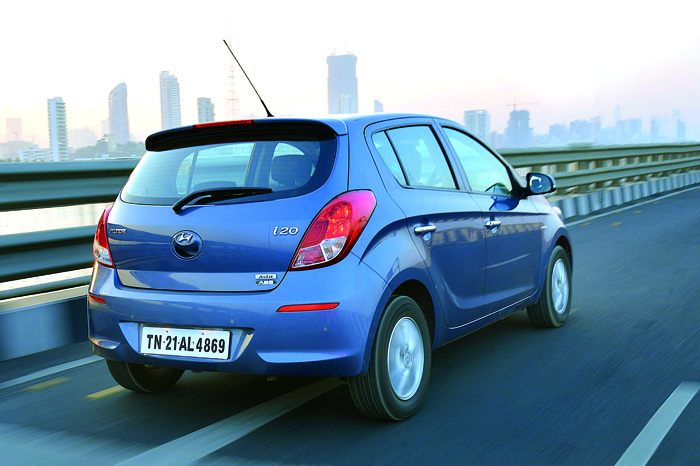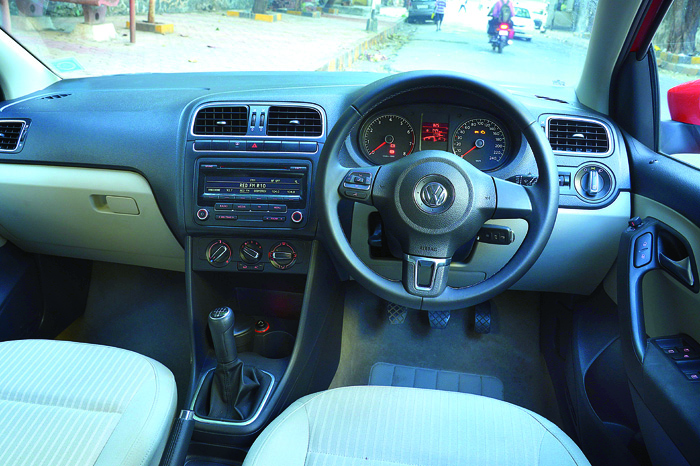Overview
Ever since its inception, the Hyundai i20 has had a smooth run due to its stylish looks, feature-rich cabin and myriad trim levels to suit varying needs. Hyundai even gave it a mid-life update in March, 2012 to freshen up the appeal of its premium hatchback by giving it the carmaker's fluidic sculpture design treatment. Its rival, the Volkswagen Polo, has now also been updated and makes a compelling case for itself with typically understated styling, a premium-looking cabin and almost as much kit as the feature-rich i20. So, of the two premium hatchbacks, which makes for the better buy?

Performance and refinement
The 1.2-litre, three-cylinder engine under the hood of the Polo makes 74bhp, which means power is adequate. In the city, you will find a slight lack of responsiveness at low engine speeds, but this improves as the engine starts spinning faster. Performance after 4000rpm is good and the engine pulls in a linear, predictable fashion. The gearbox is slick and the short-throw gearlever is a joy to use. The sound of the three-cylinder engine gets a bit intrusive when you rev it though.
The i20’s 1.2-litre engine makes slightly more power at 83bhp, and has one more cylinder than the Polo’s. So it is slightly smoother and quieter, and quicker flat-out as well. But press harder on the throttle and you will find a curious lack of extra urge, and you have to downshift to get going fast again. The i20’s clutch and gearbox actions are slightly lighter than the Polo’s as well, so drivers might find it a bit easier to drive. Those looking for an effortless car to drive may prefer this.



